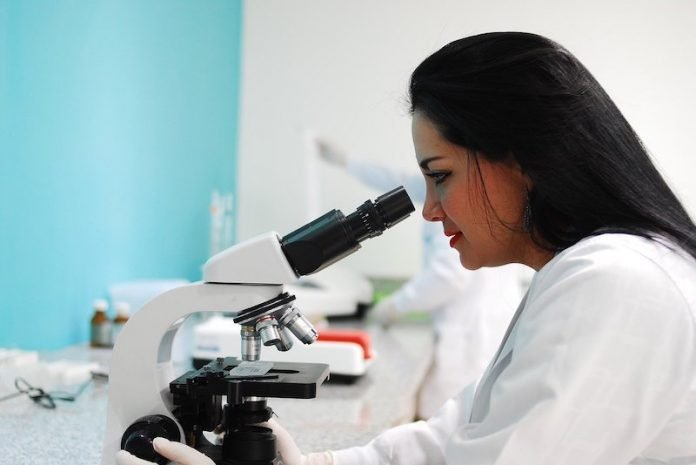
Non-alcoholic steatohepatitis, often called ‘fatty liver hepatitis,’ can lead to serious liver damage and liver cancer.
In a new study, researchers found that this condition is caused by cells that attack healthy tissue—a phenomenon known as auto-aggression.
Their results may help in the development of new therapies to avoid the consequences of the disease.
The research was conducted by a team at the Technical University of Munich.
The immune system protects us against bacteria and viruses and the development of cancerous tumors. The so-called CD8 killer T cells play an important role here.
They specifically recognize infected body cells and eliminate them. With fatty liver disease, the CD8 T cells have lost this targeted deactivation ability.
In the study, the team explored this process step by step in model systems based on mice—and gained promising insights into the mechanisms causing fatty liver disease in humans.
They discovered that, in fatty liver disease, the immune cells are not activated by certain pathogens, but rather by metabolic stimuli. The T cells activated in this way then kill liver cells of all types.
Until that point, the immune cells undergo a unique, step-by-step—and previously unknown—activation process.
As the trigger for the killing of tissue cells, the team identified a basically harmless metabolite: the presence of the energy-carrying molecule ATP outside cells.
When auto-aggressive CD8 T cells in the liver reacted with ATP, they destroyed nearby cells, thus causing fatty liver disease.
The destruction of tissue through auto-aggressive immune cells differs from familiar auto-immune disorders, in which immune system cells specifically attack certain cells in the body.
The researchers note, however, that the tissue-destroying auto-aggressive T cells may also play a role in auto-immune pathologies that has yet to be discovered.
The team says the realization that the disease is caused by activated immune cells now suggests possibilities for the development of new therapies.
The study is published in Nature. One author of the study is immunologist Prof. Percy Knolle.
Copyright © 2021 Knowridge Science Report. All rights reserved.



